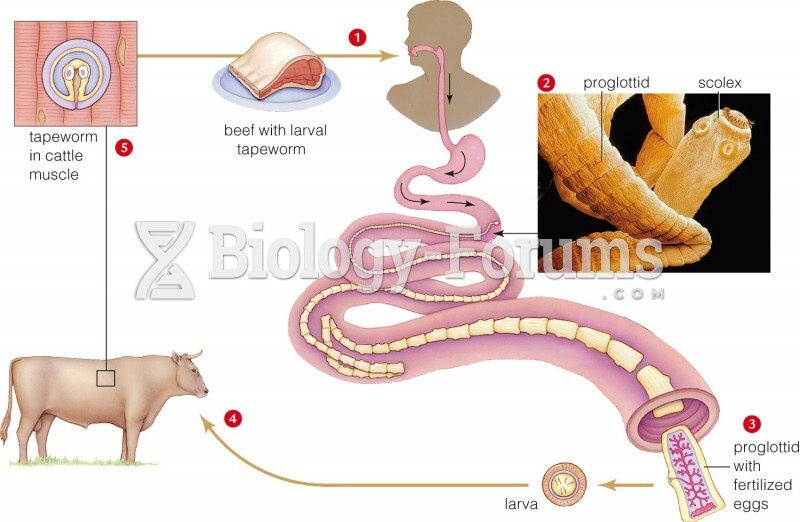Answer to Question 1
The first step in the accounting cycle is recording journal entries as business events take place. The journal provides a chronological record of the transactions that occur during the period.
The next step is posting the journal entries to the general ledger. The posting groups all events that affect a particular account together. A general ledger page for a particular account shows all the increases and decreases to that account, and calculates a running balance.
At the end of every accounting period, an unadjusted trial balance is prepared and reviewed to ascertain that total debits equal credits and to identify those accounts that require adjusting entries.
Recording and posting adjusting entries is necessary to update accounts so that financial statements contain accurate amounts.
An adjusted trial balance is then prepared to determine that total debits still equal total credits.
Preparing the income statement, statement of changes in shareholders' equity, statement of cash flows and balance sheet is the next step.
Revenue accounts, expense accounts, and Dividends, the temporary accounts, are then closed into Retained earnings. This closing process reduces their balances to zero so that they can be used to accumulate revenues, expenses, and dividends for the next accounting cycle.
The final step in the accounting cycle is preparing a postclosing trial balance. The purpose of this step is to check that debits equal credits and to make sure that all the temporary accounts are properly closed and that only balance sheet accounts appear on the postclosing trial balance.
Answer to Question 2
False







